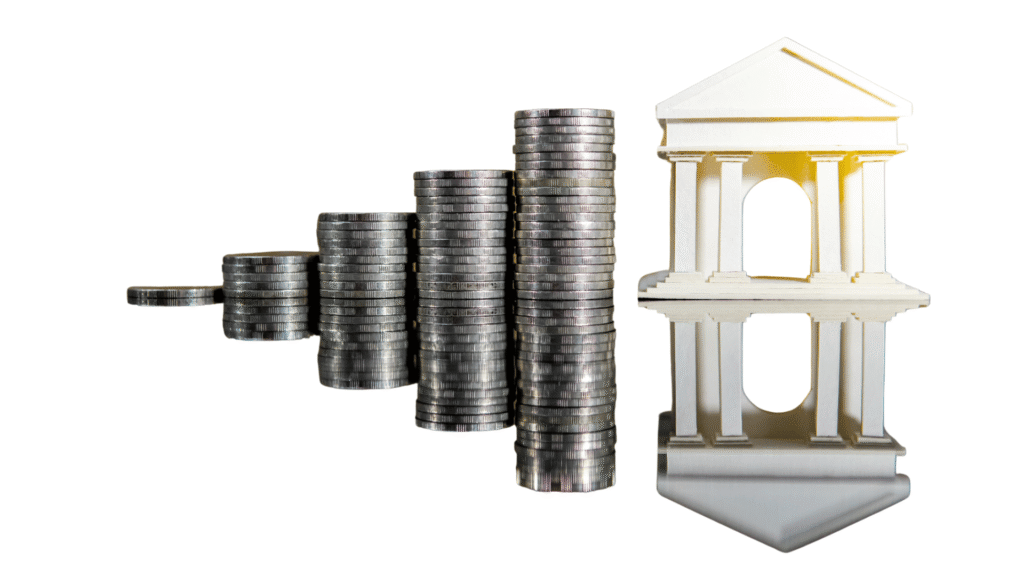Last Updated on 01/11/2025 by Rasheed Busari

There was a time in my life when I believed all debt was bad. I avoided loans at all costs because I feared becoming financially trapped. But one day, my perspective shifted. Financial success is not about refusing to borrow forever; It is about borrowing strategically, purposefully, and wisely.
A close colleague shared a personal story with me, how taking a calculated loan helped him start a small side business that eventually grew into a profitable venture. At the same time, another friend was drowning in debt because he borrowed for lifestyle upgrades: new phone, vacation, designer shoes, things that made him feel good in the moment but added zero long-term value. That experience reshaped my mindset about borrowing. I realized there’s a big difference between Productive (Good) debt and Destructive (Bad) debt.
Many people fear debt, and for good reason; we’ve seen people lose peace, relationships, and even their dignity because of the wrong kind of borrowing. But here’s the truth most schools, parents, and even banks don’t tell you:
Debt itself is not the enemy — the type of debt you take is what makes or breaks your financial future.
There are two kinds of debt in the world of money: Good Debt and Bad Debt
Understanding the difference is a financial game changer and may be one of the most important lessons on your journey to wealth. Let’s break it down in a practical and relatable way.
What Is Productive Debt?

Productive debt is borrowing money for something that will increase your income, build your wealth, or improve your long-term financial position.
This type of debt creates opportunity not pressure.
Examples of productive debt
| Purpose | Why it’s productive |
|---|---|
| Business loan | Can generate profit and cash flow |
| Mortgage | Property appreciates and may produce rental income |
| Educational loan | Increases earning potential |
| Loan for income-generating assets | Helps you build wealth |
Signs you’re taking productive debt
✔ It will put more money in your pocket in the future
✔ There is a clear repayment plan
✔ It aligns with your financial goals
✔ The borrowed money is used for growth, not consumption
Productive debt is a tool not a trap.
Key Question to Ask
Will this debt put more money in my pocket later?
If the answer is YES, that debt may be your friend.
What Is Destructive Debt?
Destructive debt is borrowing for things that drain your money, don’t hold value, and don’t contribute to financial progress. Unfortunately, this is the type of borrowing most people fall into.
It’s the kind of debt that feels good at first, then suffocates you later.
Examples of destructive debt
| Borrowing for | Why it’s destructive |
|---|---|
| Lifestyle upgrades | No financial return, only temporary satisfaction |
| Vacations, gadgets, luxury items | Depreciate immediately |
| Loan apps for “urgent wants” | High interest, traps you in cycles |
| Salary advance for non-emergencies | Reduces future income, increases pressure |
Signs of destructive debt
❌ You borrow to impress others
❌ There’s no plan to repay
❌ The purchase loses value quickly
❌ You feel regret shortly after spending
Destructive debt looks like comfort but becomes a burden.
Key Question to Ask
Will this debt drain my future income without adding value?
If the answer is YES — leave it alone.
Quick Self-Check Before You Borrow
Before taking any loan, pause and ask yourself:
1️⃣ Will this debt increase my income or assets?
2️⃣ Do I have a repayment plan without stress?
3️⃣ Am I borrowing to look successful or become successful?
4️⃣ Will this decision still make sense 12 months from now?
If the answer to questions 1 and 2 is not YES, don’t borrow, walk away.
Debt is not the enemy; ignorance and impulse are. The secret to financial freedom is not avoiding debt, but understanding how to use it as a stepping stone, not a stumbling block. Make borrowing a strategy, not a habit. Choose growth over gratification. Your future self will thank you.
Small awareness today will give a better financial future tomorrow.
For more practical personal finance strategies, wealth building insights, and real life money lessons, visit:
👉 https://selar.com/smartmoneysense




